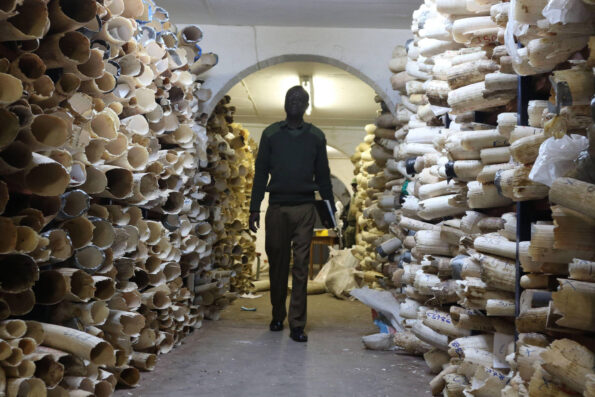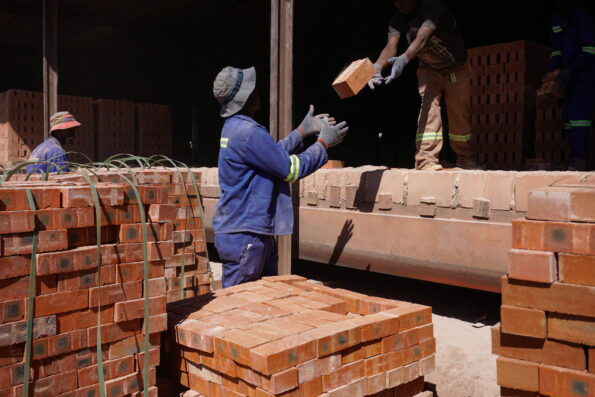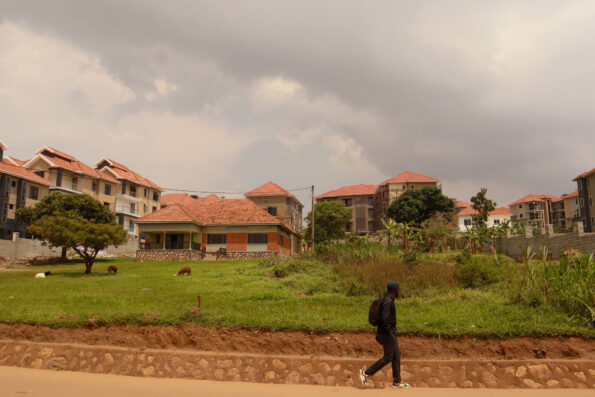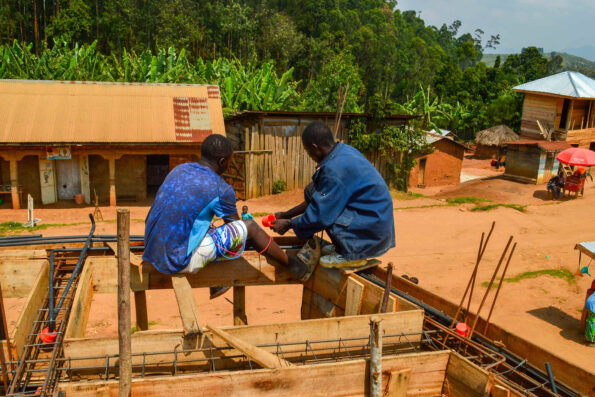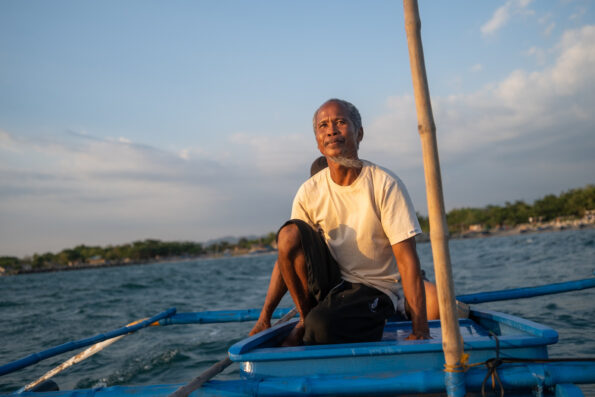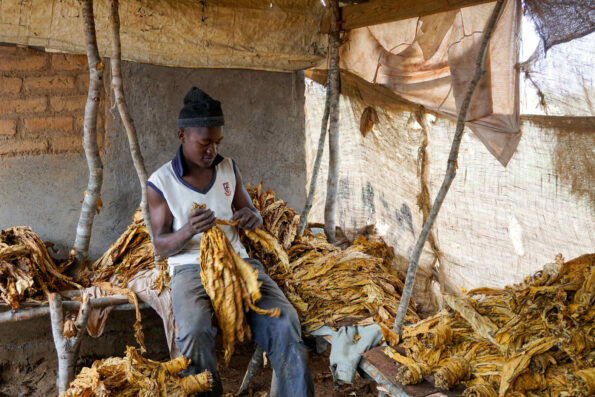
Kalpana Khanal, GPJ Nepal
Protesters chant anti-Indian slogans at a rally on Oct. 2 in Kathmandu.
KATHMANDU, NEPAL — Daily life in Nepal’s capital has been severely curtailed since a group of protesters blocked major trade routes from India beginning on Sept. 25, halting food and oil imports.
The blockades are in Birgunj, south of Kathmandu on the border with India, as well as five other major checkpoints and a handful of smaller crossings as well.
The protesters, from the Madhesi indigenous community, say Nepal’s new constitution, which divides the country into seven provinces, will leave them and other minority groups underrepresented in the Constituent Assembly. (See GPJ’s story Nepal Passes Constitution, but Complaints Abound.) The constitution was adopted Sept. 20.
“Madhesi are treated as second-class citizens in Nepal,” says Laxman Lal Karna, a Madhesi and a constituent assembly member, in a phone interview.
Karna is co-chairman of the Sadbhawana Party, one of the political parties involved in the protests.
The protesters are demanding a separate state with two provinces in the east and west, under a federal government structure, he says. And they want to see equal representation in government, according to the population in these states.
The landlocked Himalayan nation depends on imports from India, with which it shares a more than 1,400-kilometer (870 mile) border. Citizens of each country can travel across the border without visas or permits.
Sixty-eight percent of Nepal’s trade is with India, says Chandra Mani Adhikari, an economist and member of the National Planning Commission, a state advisory body.
The blockade began to ease Sunday, when some trucks began to cross the border, but the shortage of fuel and essential food items in Kathmandu continues unabated.
Karna says four of the political parties involved in the protest – the Sadbhawana Party, the Terai Madesh Loktantrik Party, the Sangam Samajbadi Party and the Terai Madesh Sadbhawana Party – on Tuesday began discussions with the Nepal government aimed at reaching an agreement that would end the protests.
Nepal has lost more than $2 billion because of the blockade and the resulting disruption to the economy, Sujeev Shakya, founder and CEO of Beed Management, an international management consultancy and financial advisory firm in Nepal, said via email.
Adhikari says the blockade will affect the country’s economic growth in the current, 2015-16 fiscal year.
“This year’s budget estimates an economic growth of 6 percent,” Adhikari says. “Due to the current situation, achieving even 4 percent economic growth is difficult.”
The daily lives of everyone in Nepal, especially those in urban areas, are affected, experts say.
Shakya says transportation and factories are already severely impacted. Hotels and restaurants are closing down because of a shortage of cooking gas. Schools and hospitals are next in line for closure if the situation continues, he says.
“The tourism industry, one of the main sources of the economy, is impacted as hotels and airlines are impacted and countries are ready to issue negative travel advisories,” Shakya says.
Nepal and India share 19 operational checkpoints along Nepal’s southern border. Six of those are major trade points.
In contrast, Nepal has only two checkpoints along the northern border with China. Both of those checkpoints have been closed – one route was damaged after the 7.8-magnitude earthquake April 25, and the second road is being repaired from the Chinese side.
Nepal has experienced blockades from India before. The last one began in 1989 and lasted over a year.
Many Nepalese, who harbor deep distrust of the Indian government, believe India is to blame for the current blockade.
“A neighbor is present in good times and bad times,” Adhikari says. “They give suggestions for improvement. But India, through their inhumane act, is giving trouble to the Nepalese public.”
Adhikari thinks the blockade is the Indian government’s response to not being consulted in the development of the constitution development.
“Nepal has been taking suggestions from India since 1950,” Adhikari says. “And Nepal has passed the constitution without taking suggestions from India. So India is taking revenge.”
Officials at the Indian Embassy in Kathmandu did not respond to Global Press Journal’s requests for a comment regarding the blockade.
Karna says India doesn’t have a role in the blockade and that it is led by the Madhesis, who have been protesting against the constitution for more than 50 days.
“We live in the borders,” he says. “Madhesi people have blocked more than 17 posts since (Sept. 25).”
Posh Raj Pandey, executive chairman of South Asia Watch on Trade, Economics and Environment, says the blockade presents an opportunity for Nepal to consider options other than dependency on India.
“Food security and energy security are a part of national security,” he says. “A strategic intervention has to be adopted.”
Nepal needs to look for alternative sources of supply, primarily with China along the northern border, Pandey says.
Nepal also needs to build its storage capacity, especially for fuel and cooking gas, he says. The nation does not have enough capacity to store fuel and depends on the daily overland import of fuel from India.
Hydropower can be used as an alternative fuel source, Pandey suggests.
“We have the capacity to export hydropower,” he says. “We can even export to India.”
Nepal imports about 1 billion rupees ($9.5 million) worth of rice from India every month, Pandey says. Instead of purchasing rice from India, he says, Nepal should promote and develop agriculture on its own soil.
Pandey says the time is now to take steps to reduce Nepal’s dependency on India.
“We cannot have zero dependency, but we can decrease our dependency,” he says.
Observers say that if the trade routes between India and Nepal are not reopened soon, it will lead to strong anti-India sentiment in Nepal.
“It will take weeks to recover, but if Nepali patience is pushed too much then it can lead to an ugly conflict, especially the heightening of anti-India protests,” Shakya says.
Shilu Manandhar, GPJ, translated two interviews from Nepali.










